Grains
Grains are one of the fundamental food groups and a primary source of nourishment for people worldwide. They come in various forms and are a cornerstone of diets in many cultures.
Here's an overview of the essential details about grains:
Grains are the seeds of grass-like plants known as cereals. Common grains include wheat, rice, corn, oats, barley, and rye. They provide the bulk of the world's caloric intake.
Grains are a vital source of energy and nutrients for people across the globe. They play a central role in diets, contribute to cultural traditions, and offer a wide range of culinary possibilities. The choice between whole and refined grains can significantly impact the nutritional value of the foods we consume, making it important to be mindful of our grain choices for a well-rounded diet.

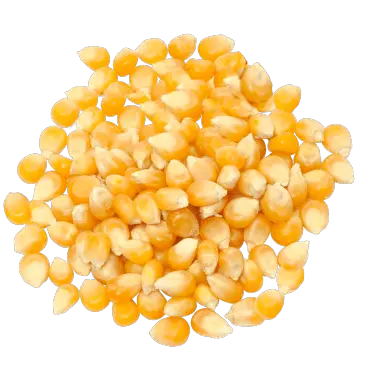
Corn
Corn is a major crop grown in many regions of Canada, including the prairies provinces of Alberta, Manitoba, and Saskatchewan, as well as Ontario and Quebec. It is known for its high quality and is grown using the latest technology and farming practices. Canadian corn is primarily used for feed, food, and industrial products such as ethanol, cornstarch, and corn syrup.
- >> Carbohydrates (Energy)
- >> Protein
- >> Lipids
- >> Minerals
- >> Fiber
- >> Tannins

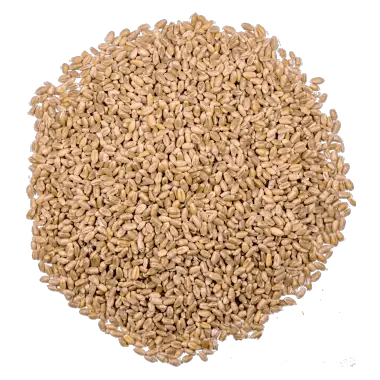
Durum
Durum Wheat is commonly grown in the Canadian Prairies provinces of Alberta, Saskatchewan, and Manitoba. It is known for its high protein content and is used primarily for pasta making. Durum wheat is also known for its yellow color, which is a result of its high carotenoid content
- >> Carbohydrates (Energy)
- >> Protein
- >> Lipids
- >> Minerals
- >> Fiber
- >> Tannins

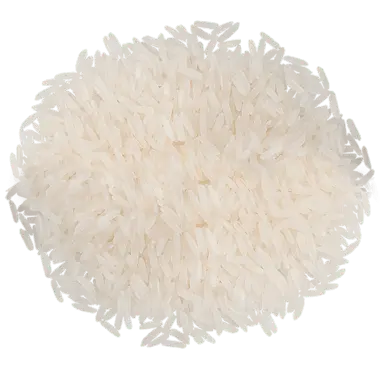
Rice
Rice is a cereal grain that is grown in many regions of Canada. It is a staple food for many people around the world and is known for its versatility and ease of cultivation.
- >> Carbohydrates (Energy)
- >> Protein
- >> Lipids
- >> Minerals
- >> Fiber
- >> Tannins

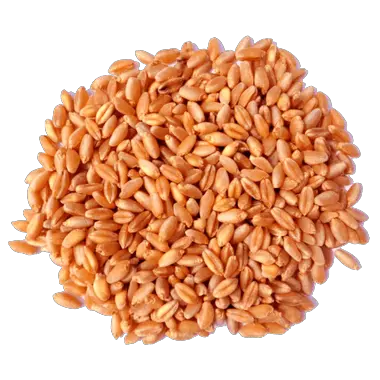
Wheat
Wheat is typically grown in flooded fields, called paddy fields, which provide the ideal growing conditions for the crop. Rice can be either long-grain, medium-grain, or short-grain and each variety has different characteristics and uses.
- >> Carbohydrates (Energy)
- >> Protein
- >> Lipids
- >> Minerals
- >> Fiber
- >> Tannins

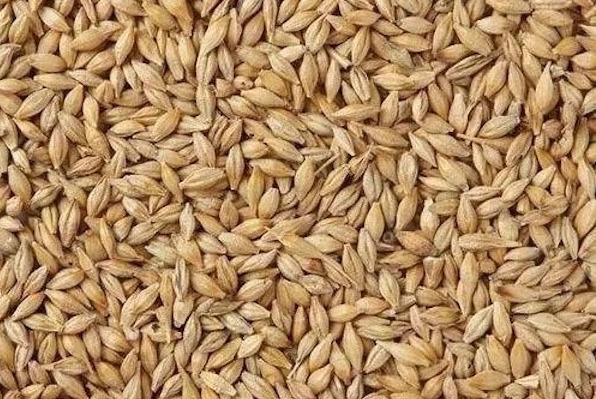
Barley
Barley (Hordeum vulgare) is an annual grass and one of the oldest cultivated grains. It belongs to the Poaceae family, which also includes other grains like wheat, oats, and rice.
Barley is a good source of dietary fiber, vitamins (especially B vitamins), and minerals (including magnesium and iron). The soluble fiber in barley, known as beta-glucans, has been associated with various health benefits, such as reduced cholesterol levels.
Barley has a rich history and was a staple food in ancient civilizations, including ancient Greece and Rome. It played a crucial role in the development of agriculture and settled communities. Overall, barley is a versatile and nutritious grain with a wide range of culinary uses and potential health benefits.
